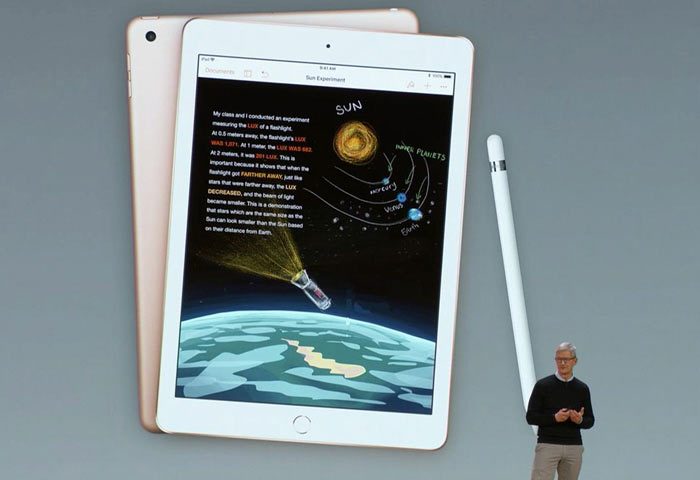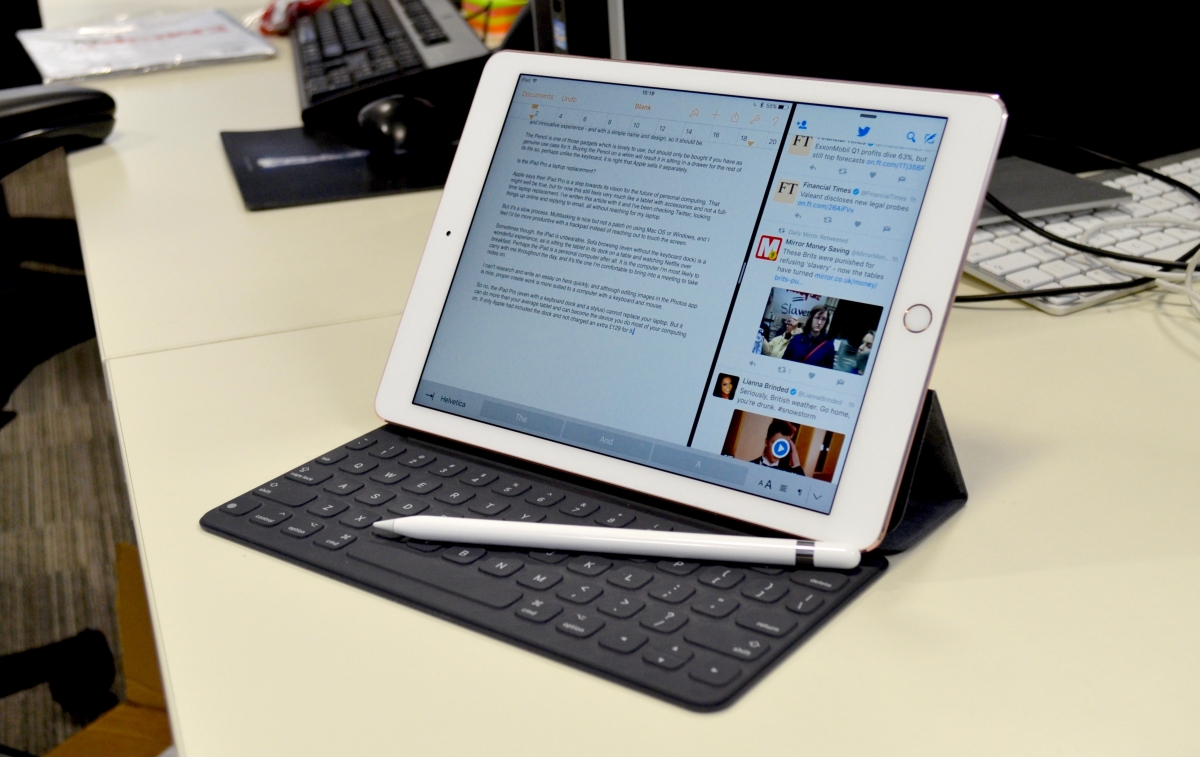

The 2388x1668 resolution translates to a 264-pixels per inch sharpness, and it looks great for every task we triedĪpple loves to create a more natural look with its screens, with the P3-level color display definitely erring away from the sharper, punchier colours of tablets like the Samsung Galaxy Tab S4. The 2018 iPad Pro 11 is certainly no slouch. With that in mind, you probably don't need to upgrade to the M1 model unless you want as much power as you can get your hands on. In normal usage, though, you probably won't notice much difference because both the A12X Bionic and the M1 are so powerful.

On heavy-duty workloads, there is no matching the M1 in the tablet world. Apple's latest iPad Pro 11-inch from 2021 comes with the desktop-class M1 chip (the first time Apple has put a desktop chip in an iPad), and its performance is exceptional - even beyond the already impressive A12X Bionic. However, these are being quickly eradicated now the iPad is on the market, and we’d expect the raw power to be fully exploited by developers as they get their hands on the new tech.

We’ve had no moments of slowdown with the machine so far, and the only real issues we’ve encountered are with apps not quite being optimised for the new machine, such as Gmail slowing down and failing to react to touch on the odd occasion. We saw a demonstration of Adobe Photoshop for the iPad (opens in new tab), and the speed at which it can zoom while managing over a hundred layers was truly impressive. See our pick of apps that come alive with the Apple Pencil (opens in new tab) for more. This power translates into speed through the machine – combined with 6GB of RAM there’s very little this tablet can’t manage, as long as there’s a dedicated app for it.


 0 kommentar(er)
0 kommentar(er)
